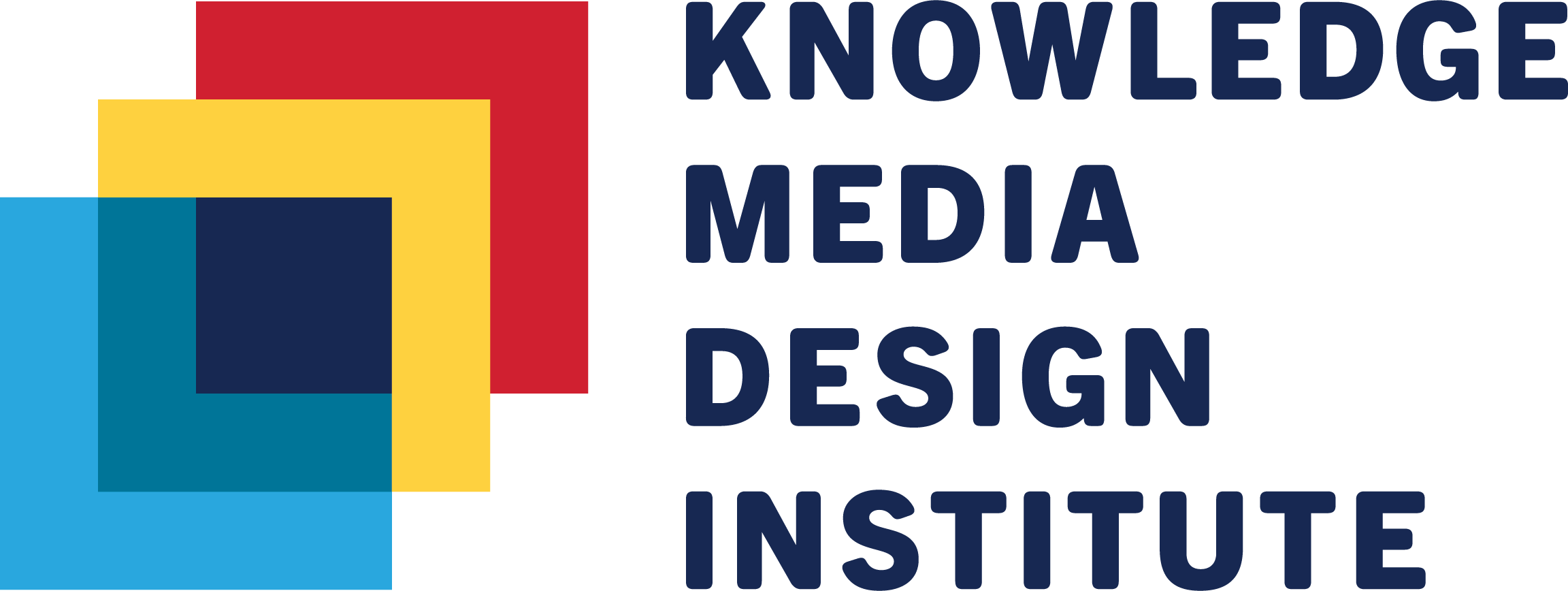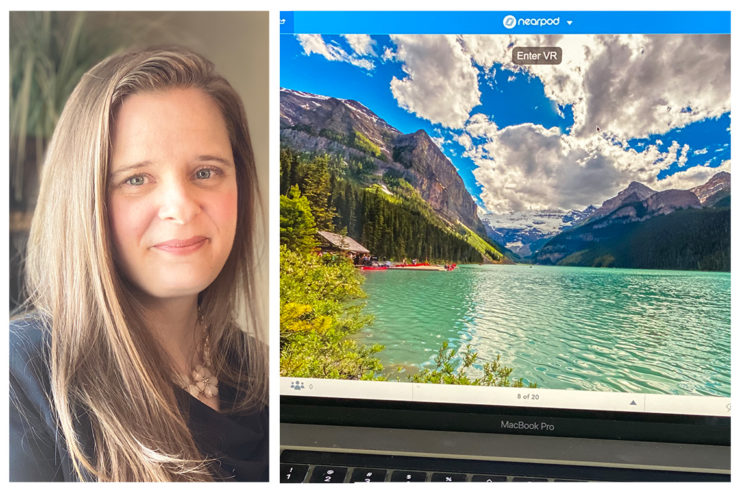During this time of COVID-19 and the impacts of the global pandemic, the international language learning experience has been greatly affected. Students around the world are studying online or in blended programs from their hometowns. These students do not have the opportunity to travel or experience other cultures. But what if you could mimic that experience virtually? The Nearpod platform includes Virtual Reality that allow students to be able to learn a new language, travel and visit different countries around the world through their mobile devices. For example, a student abroad can visually experience snow in the Canadian Rockies in Alberta, mountain lions or other wildlife, and the beauty of different environments and cultures.
Faith Marcel is a graduate from U of T’s Knowledge Media Design Collaborative Specialization (KMD-CS) and OISE’s Language and Literacy program, and she investigates Mixed Reality technologies. Faith is a Professor of English for Academic Preparation at Niagara College and an educator with over 20 years’ experience in teaching languages, curriculum development and language interpreting. Faith designed a study, under the supervision and guidance of Dr. Enrica Piccardo, using VR primarily to help language students improve their vocabulary while learning English. The KMD-CS program helped further her understanding of online platforms and critically evaluate best practices to use different technologies.
Faith explains, “With so many technologies and tools available today at our fingertips, we can teach language learners in ways we never previously could have imagined. The technology can enhance student interaction by facilitating communication and addressing cultural gaps.”
Faith uses Nearpod, a multimedia presentation platform for educators. Through a series of interactive modules, students practice their English while taking virtual field trips around the world with their classmates. In one activity, students visit three different countries to explore the environment and discuss cultural comparisons using new vocabulary learned. In another, students take a helicopter tour over Vancouver and act as tour guides using new words and expressions.
“The VR technologies used in this research allow students to practice their English and explore the world. They can experience new cultural dimensions during a time when the impact of the pandemic is profound, and so many are unable to travel internationally.”
Faith Marcel
Faith Marcel’s study using VR technology looked at vocabulary learning through courses in Speaking and Listening in an English for Academic Preparation Program. She also did surveys and interviews to find out teachers’ and students’ perceptions of VR in the classroom. Results of the study showed students who used the VR in their classes had higher vocabulary test scores. Also, both teachers and learners expressed benefits to using the technology. This included the potential for practicing multiple language skills, a focus on learning through innovative language learning experiences, motivation, enjoyment, and opportunities for experiential learning and cultural sharing, among others.
“I really enjoyed the VR activities. I think they are useful. First of all, I really like them because we can continue staying at the lab class with our phone or computer and at the same time visit different places or museums. I really enjoyed it because I have never used it before, and I really like it.”
Student
The KMD-CS Program has helped Faith explore innovative aspects of AR and VR technologies to help language learners and implement the technologies in her own virtual language classes. She was even able to expand the use of Nearpod and other Mixed Reality technologies by sharing with other teachers in local, national and international conferences.
“Creating more meaningful, international experiential learning opportunities with both students and teachers can help build unique connections in language learning through more engaging and memorable learning experiences, whether that’s within a classroom or in a virtual learning space. This is what we all strive for as teachers.”
Faith Marcel

